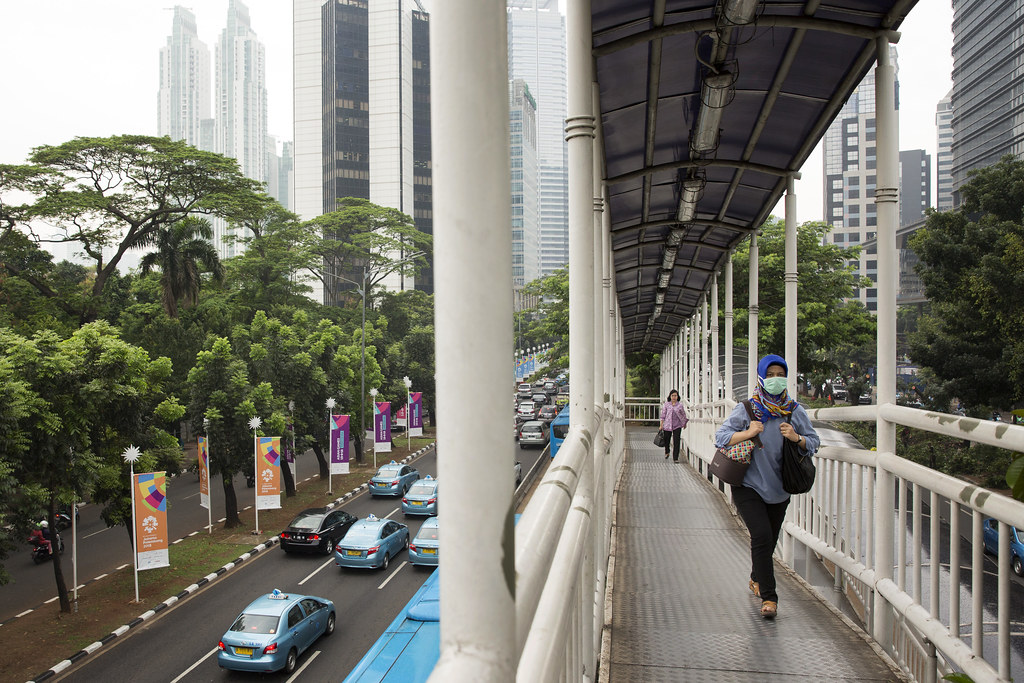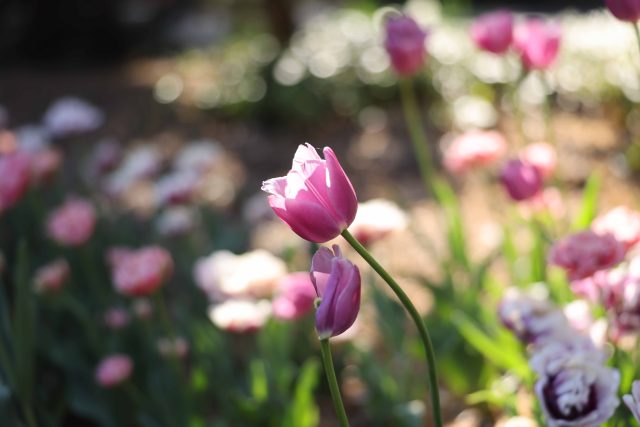Art is a universal language that transcends barriers of culture, language, and ability. It has the power to inspire, challenge, and unite people from all walks of life. However, not everyone has equal access to art. For people with disabilities, navigating the world of art can be a daunting task. Fortunately, there are cities around the world that are taking steps to make art more accessible to everyone. In this article, we will explore some of the top cities with accessible public art, and highlight the initiatives they have taken to ensure that art truly is for all.
1. “Breaking Barriers: Cities Making Public Art Accessible to All”
Public art has the power to transform a city, making it more vibrant and engaging for its residents and visitors. However, not everyone has equal access to these works of art. Many cities are taking steps to break down barriers and make public art accessible to all.
One way cities are doing this is by incorporating public art into transportation infrastructure. For example, the city of Seattle has commissioned artists to create murals and sculptures at bus stops and train stations. This not only makes the commute more enjoyable for riders, but it also brings art to neighborhoods that may not have had access to it before. Other cities are also using public art as a way to revitalize neglected areas, such as abandoned buildings or underpasses. By transforming these spaces into works of art, they become more inviting and safer for everyone to enjoy.
– Some cities are using technology to make public art more accessible. For example, the city of Chicago has created a mobile app that allows users to explore the city’s public art collection through a virtual tour. This is especially helpful for those who may not be able to physically visit the artwork due to mobility issues or other barriers.
– Another way cities are breaking down barriers is by involving the community in the creation of public art. This not only gives residents a sense of ownership over the artwork, but it also ensures that the art reflects the diversity and values of the community.
– Finally, some cities are making public art more accessible by providing educational resources, such as guided tours or informational plaques. This helps visitors and residents alike to better understand and appreciate the artwork.
Overall, by making public art more accessible, cities are creating more inclusive and engaging communities. Whether through transportation infrastructure, technology, community involvement, or education, there are many ways to break down barriers and ensure that everyone has access to the transformative power of public art.
2. “From Sculptures to Murals: Top Cities with Inclusive Public Art Programs”
Public art programs have become increasingly popular in cities around the world, with many cities embracing the idea of making art accessible to everyone. From sculptures to murals, public art has the power to transform a city and create a sense of community. Here are some of the top cities with inclusive public art programs that you should definitely check out:
– **Philadelphia, Pennsylvania:** Philadelphia is known for its vibrant street art scene, with murals and installations adorning buildings throughout the city. The Mural Arts Program is one of the largest public art programs in the country, with over 4,000 murals created since its inception in 1984. The program also offers educational and community outreach programs, making it a truly inclusive initiative.
– **Barcelona, Spain:** Barcelona is home to some of the most iconic public art installations in the world, including the works of Antoni Gaudí and Joan Miró. The city also has a thriving street art scene, with many neighborhoods featuring colorful murals and graffiti. The city’s public art program is focused on creating a dialogue between the art and the community, and many of the installations are interactive and encourage public participation.
These are just two examples of cities that have embraced public art as a way to enhance their communities. Whether you’re a local or a visitor, taking the time to explore the public art in a city can be a rewarding and enriching experience.
3. “Art for Everyone: How These Cities are Making Public Art a Truly Public Experience
Public art is a vital part of any city’s cultural landscape. It can inspire, provoke, and engage the public in ways that other forms of art cannot. However, not all cities have made public art accessible to everyone. Some cities have struggled to find ways to make public art a truly public experience. Fortunately, there are cities that have found innovative ways to make public art accessible to everyone.
One way that cities are making public art accessible is by creating public art programs that are inclusive and diverse. These programs are designed to showcase a wide range of artistic styles and perspectives. They often feature works by local artists, as well as artists from around the world. In addition, these programs are often designed to engage the public in the creation and installation of public art. This can include community workshops, public art installations, and other events that allow the public to participate in the creation and appreciation of public art. In conclusion, public art is not only a beautiful addition to a city’s landscape, but it also has the power to bring communities together and promote inclusivity. From New York City’s iconic sculptures to San Francisco’s vibrant murals, there are countless cities across the world that offer accessible and diverse public art for all to enjoy. Whether you’re a local or a tourist, take the time to explore these cities and discover the beauty of public art. Who knows, you may just find your new favorite piece!




